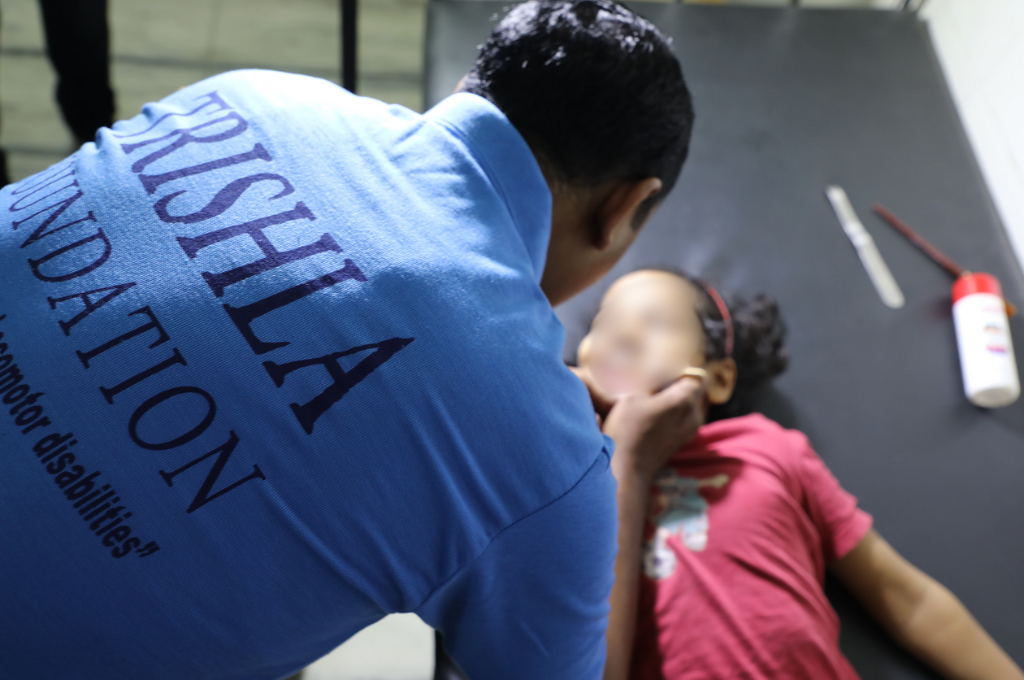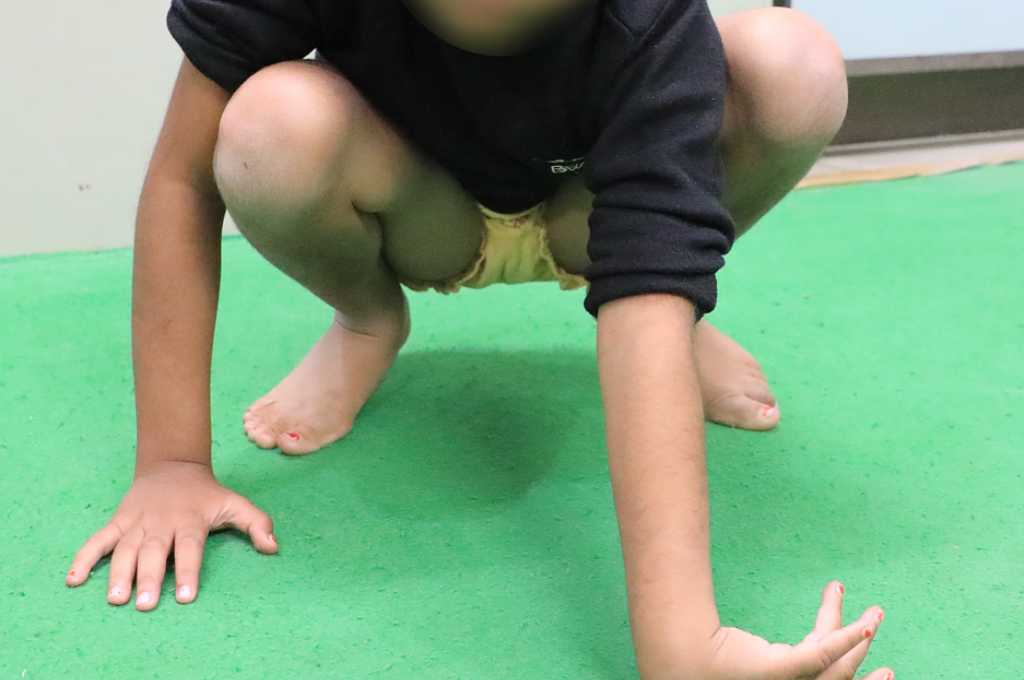Understanding Cerebral Palsy and Daily Communication
Cerebral palsy affects muscle control, coordination, and movement, impacting speech and language development. Communication difficulties may vary widely among children with CP, from mild speech impairments to more significant challenges requiring alternative methods of communication.
1. Establish a Comfortable Environment
Creating a comfortable, stress-free environment encourages daily communication. Ensure a quiet, distraction-free setting that makes it easier for individuals with CP to focus on the conversation.
2. Use Assistive Technology and Tools
Many individuals with cerebral palsy benefit from assistive devices and technologies to aid daily communication. These tools can range from simple picture boards to sophisticated speech-generating devices (SGDs) and communication apps tailored to individual needs.
3. Encourage the Use of All Communication Forms
Communication is more than just speaking; it involves gestures, facial expressions, and body language. Encourage individuals with CP to use all forms of communication to express themselves. This holistic approach ensures a broader range of expression and interaction.
4. Practice Patience and Active Listening
Take the time to listen actively and patiently. Sometimes, individuals with CP may require more time to express their thoughts and needs. Show that you are listening and give them the time they need without rushing.
5. Simplify Language Without Underestimating Abilities
Use clear, simple language, but avoid talking down to individuals with CP. It’s crucial to balance simplifying communication and respecting their intellectual abilities.
6. Engage in Regular Practice
Like any skill, communication improves with practice. Engage in regular, daily communication and encourage expressing thoughts, feelings, and needs. This consistent practice helps improve confidence and communication skills over time.
7. Seek Professional Guidance
Speech and language therapists are crucial in developing communication skills in individuals with CP. These professionals can provide tailored strategies and exercises to meet individual needs.
8. Foster a Supportive Community
Building a supportive community around individuals with CP is vital. Encourage friends, family members, and educators to understand and implement these daily communication tips to create a nurturing and understanding environment.
9. Celebrate Achievements
Celebrate every communication milestone, no matter how small. Positive reinforcement encourages further progress and boosts confidence.
10. Never Give Up
Improving communication is a journey with its ups and downs. Continuously explore new strategies, tools, and methods to find what works best for the individual. The key is to keep trying and never give up.
Creating a Supportive Communication Environment at Home
Encourage a Multimodal Communication Approach
Embrace all forms of daily communication, including verbal speech, gestures, sign language, and facial expressions. This inclusive approach allows for a fuller expression of thoughts and emotions.
Establish a Comfortable Setting
A quiet, distraction-free environment is essential for focused communication. Ensure a relaxed setting to encourage your child to participate in conversations without stress.
Incorporate Communication Aids
Explore assistive devices and technologies, such as picture boards or speech-generating devices, to support your child’s ability to express themselves effectively.
Foster Daily Communication Practice
Engage in regular, meaningful conversations with your child. Daily communication practice helps improve confidence and skills over time.
Demonstrate Patience and Active Listening
Patience is key. Allow your child ample time to express themselves and actively listen to their attempts at communication, reinforcing their efforts and building their confidence.
Treatment Options to Enhance Communication
Speech and Language Therapy
Professional guidance from speech and language therapists is invaluable. These experts can assess your child’s needs and tailor strategies and exercises to improve speech clarity, language development, and alternative communication methods.
Physiotherapy and Occupational Therapy
Physiotherapy and occupational therapy can complement speech therapy by improving overall muscle control and coordination, which can positively impact speech production and nonverbal communication.
Augmentative and Alternative Communication (AAC) Systems
AAC systems range from low-tech options like picture exchange communication systems (PECS) to high-tech devices and apps designed for customized communication support.
Educational and Behavioural Interventions
Specialized education programs and behavioral therapies can play a critical role in developing daily communication skills, social interaction, and effective coping strategies for frustration or anxiety related to communication difficulties.
Ways to Support Your Child’s Communication Skills from Home
Create Interactive and Engaging Activities
Design activities that naturally encourage communication, such as reading together, playing interactive games, or engaging in crafts that require verbal instructions and responses.
Use Simple, Clear Language
Please communicate with your child using simple, concise language and encourage them to respond or mimic. This clarity helps in understanding and gradually building more complex language skills.
Celebrate Every Achievement
Recognize and celebrate every small step of progress. Positive reinforcement motivates continued effort and improvement.
Consistency Across Caregivers
Ensure that everyone in your child’s care uses consistent communication techniques and strategies. Consistency helps reinforce learning and adaptability.
Communication Challenges Across Different Types of Cerebral Palsy
Spastic Cerebral Palsy
Challenges:
Individuals with spastic cerebral palsy often experience muscle stiffness and difficulty with muscle control, affecting their speech clarity and facial expressions. Speech articulation can became difficult.
Tips:
Engage in targeted speech therapy exercises to enhance articulation. Use augmentative and alternative communication (AAC) devices to support effective communication.
Dyskinetic Cerebral Palsy
Challenges:
Dyskinetic CP can lead to involuntary movements, impacting speech production and the use of communication devices.
Tips:
Customize AAC devices with larger buttons or touch-sensitive screens to accommodate motor control variations. Consistent practice with speech therapists can also help find optimal times when speech is most apparent.
Ataxic Cerebral Palsy
Challenges:
This form of CP affects balance and coordination, potentially influencing the control needed for speech and gestures.
Tips:
Utilize communication methods that minimize the need for precise physical coordination. Speech therapy focusing on control and timing may improve clarity.
Mixed Cerebral Palsy
Challenges:
Individuals with mixed cerebral palsy exhibit symptoms of more than one type, presenting a combination of muscle stiffness, involuntary movements, and coordination issues.
Tips:
A highly personalized approach is necessary, often combining various communication strategies, tools, and therapies to address the unique challenges.
Atonic Cerebral Palsy
Challenges:
Characterized by decreased muscle tone and strength, atonic cerebral palsy can affect an individual’s ability to control the muscles necessary for speech production and facial expressions.
Tips:
Utilize AAC devices that can be operated with minimal muscle strength. Speech therapy may focus on strengthening oral muscles and exploring alternative daily communication methods.
Dystonic Cerebral Palsy
Challenges:
Dystonic cerebral palsy involves involuntary muscle contractions, affecting speech clarity and the ability to use standard communication devices.
Tips:
Adapt AAC devices with customizable interfaces to accommodate involuntary movements. Techniques that help manage dystonia, such as relaxation exercises, can also improve daily communication.
Hypertonic Cerebral Palsy
Challenges:
With increased muscle tone, individuals with hypertonic cerebral palsy may struggle with the muscle stiffness that impacts their speech and facial expressions.
Tips:
Speech therapy exercises aimed at relaxing and gaining control over the muscles can be beneficial. Consider AAC devices with easy-to-use interfaces that require minimal muscle movement.
Spastic Quadriplegia Cerebral Palsy
Challenges:
Affecting all four limbs along with the trunk, spastic quadriplegia cerebral palsy can severely impact speech due to difficulties in controlling the muscles around the mouth and face.
Tips:
Intensive speech therapy and the use of high-tech AAC devices, such as eye-tracking technology, can significantly enhance daily communication for those with spastic quadriplegia.
Trishla Foundation supports individuals with cerebral palsy and their families through comprehensive care, including speech therapy and daily communication support. Please contact us if you or someone you know could benefit from our services. Together, we can overcome the challenges and enhance the quality of life for those with cerebral palsy.






